

Welcome to VIA and to our first VIA Community newsletter for the year 2023. The VIA Team at GRSP wishes to extend our very best wishes for the new year to all our VIA Implementors, partners, funders, stakeholders, and of course, most importantly, the children and teachers all over the globe who are taking part in this truly special programme.
More »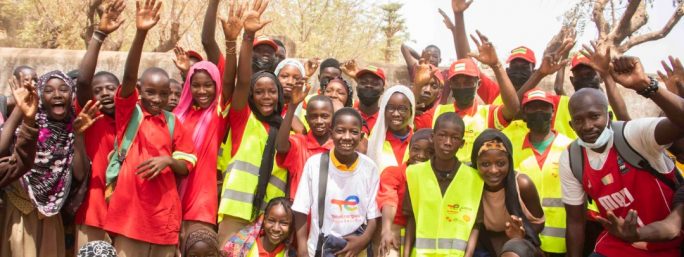
Welcome to VIA and to our first VIA Community newsletter for the year 2023. The VIA Team at GRSP wishes to extend our very best wishes for the new year to all our VIA Implementors, partners, funders, stakeholders, and of course, most importantly, the children and teachers all over the globe who are taking part in this truly special programme.
This edition provides quick updates on the six countries involved in the Acceleration Phase as it nears completion. We look at new programmes that have kicked-off in Oman and Spain and we review progress on the Italian Red Cross-funded work in Nepal, Pakistan and Bangladesh.
VIA is of course only possible thanks to the long-term vision and support of the programme founders, the corporate foundations of Michelin and TotalEnergies. On behalf of the VIA Community, we thank you!
Michael Chippendale
VIA Project Manager
Global Road Safety Partnership




With support from Shell Oman, GRSP presented the VIA global road safety education programme to the Ministry of Education (MoE) of Oman and the Royal Oman Police (ROP) in late August 2022. Following the success of the meeting, the MoE held a four-day workshop to review the programme’s materials and tailor them to the local context.
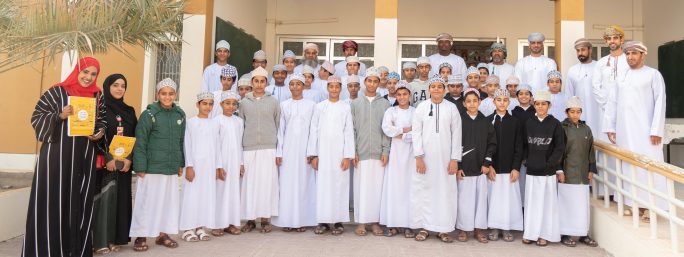
With support from Shell Oman, GRSP presented the VIA global road safety education programme to the Ministry of Education (MoE) of Oman and the Royal Oman Police (ROP) in late August 2022. Following the success of the meeting, the MoE held a four-day workshop to review the programme’s materials and tailor them to the local context.
In order to push the project forward, GRSP conducted a thorough VIA training in November for more than 30 MoE and ROP representatives, as well as teachers from a selection of schools.
“It is a delight to bring VIA to Oman. We’re very confident that we’re going to see the benefits in children being able to navigate the road system, both to and from school, and in their everyday interactions,” commented GRSP’s Communications, Membership, and Project Support Manager Michael Chippendale during the training.
In late December 2022 and early January 2023, groups of Omani elementary school students participated in the first few theoretical and practical VIA workshops in the country. Teachers and Traffic Police officers instructed the children on the correct use of pedestrian crossings and road signage through engaging activities.
The workshops the students partook in are based on internationally recognized best practices of child road safety and aid in the development of responsible road-related behaviours.
This pilot phase of VIA is being carefully monitored with the ambition being to expand and implement the programme nationally.
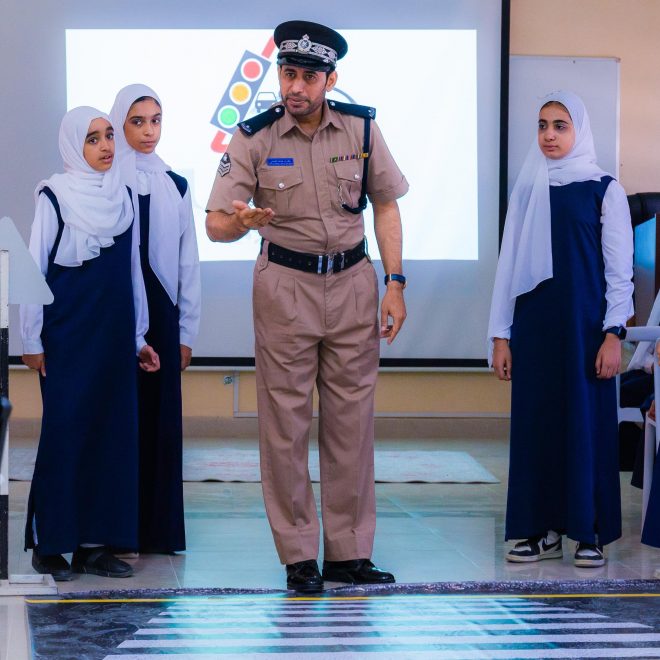
In Pakistan, despite the setbacks due to the flooding that occurred last year and the consequences of COVID-19 on school access, the VIA implementation is progressing smoothly. Following coordination meetings with the Ministry of Information, Federal Directorate of Education, Islamabad Traffic Police, District Administration and National Highway Police, the Pakistan Red Crescent Society (PRCS) has now commenced implementation of the VIA programme in 15 schools in Islamabad engaging over 750 students.
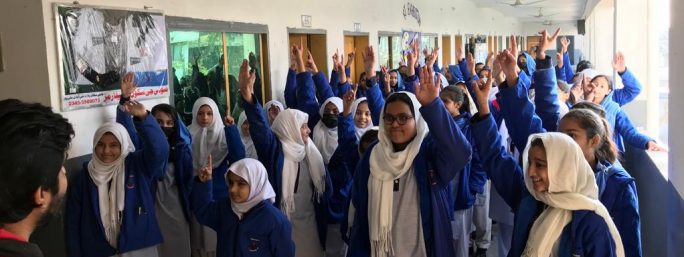
The VIA programme is progressing well in Pakistan, Nepal, and Bangladesh thanks to the financial and programmatic support of the Italian Red Cross.
In Pakistan, despite the setbacks due to the flooding that occurred last year and the consequences of COVID-19 on school access, the VIA implementation is progressing smoothly. Following coordination meetings with the Ministry of Information, Federal Directorate of Education, Islamabad Traffic Police, District Administration and National Highway Police, the Pakistan Red Crescent Society (PRCS) has now commenced implementation of the VIA programme in 15 schools in Islamabad engaging over 750 students.
To ease with access, and with the support of the schools’ management, the PRCS has established seven Youth Clubs and eight Road Safety Clubs ensuring continuity of road safety activities after the initial project term.
PRCS has expedited the implementation of the activities and a major portion of manual implementation will be completed in January and February. The current priority is to speed up the implementation and carry out maximum activities through until June 2023.
In Nepal, the VIA implementing partner is the Nepal Red Cross Society (NRCS). Following a VIA training of trainers for local IFRC and NRCS personnel last summer, the VIA project was started in 21 schools, engaging almost 900 students in Kathmandu.
In addition to the implementation of this road safety education programme, and in line with what has been common practice where a Red Cross/Red Crescent National Society is selected as an implementing partner, the NRCS also engaged in First Aid (FA) training for students, teachers, and school management. Trained teachers became the First Aid responders ready to provide First Aid services in the schools and in the nearby community. This early FA training also identified schools without suitable FA kits— an issue addressed by the NRCS who provided new ones where needed.
In Bangladesh, the Bangladesh Red Crescent Society (BRCS) has engaged 10 schools for a total of 1000 students. In their first visits to schools, they have focused on First Aid training whilst engaging in the translation of the VIA manuals into Bangla. As schools reopen for the new year, the BRCS plans to upscale their VIA engagement to pursue the full completion of the in-school structured road safety education programme by June.
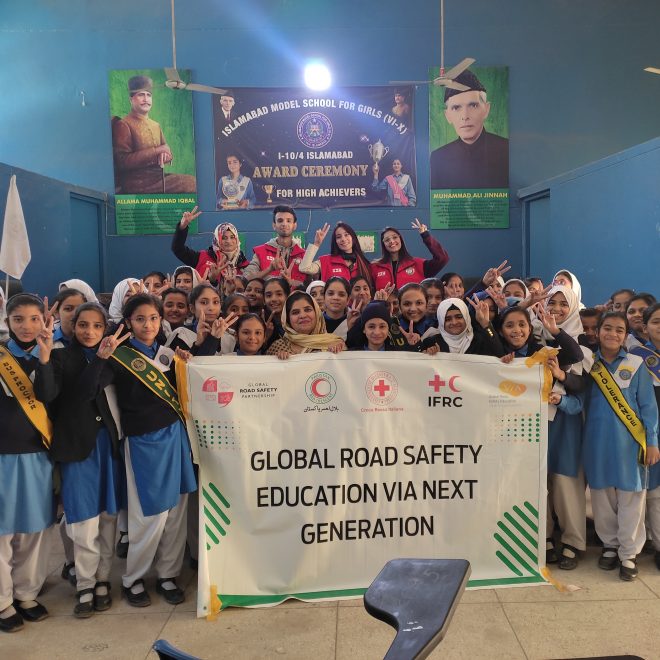
For me, VIA is a very important set of tools, ideas and means that can support the reduction of road trauma and, at the same time, increase the knowledge and practice of safe behaviors of new generations whilst using the roads. VIA is by design a structured road safety education programme taking an innovative approach to learning. It focuses on the value of life and on teaching safe behavior in traffic through active, emotional, and creative methods.
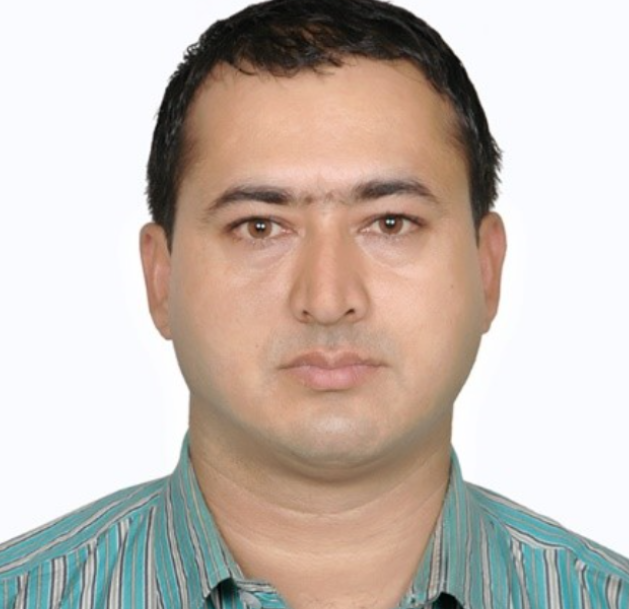

For me, VIA is a very important set of tools, ideas and means that can support the reduction of road trauma and, at the same time, increase the knowledge and practice of safe behaviors of new generations whilst using the roads. VIA is by design a structured road safety education programme taking an innovative approach to learning. It focuses on the value of life and on teaching safe behavior in traffic through active, emotional, and creative methods.
In the context of Nepal, road traffic crashes are the major cause of injuries followed by occupational injuries, burns, violence, suicide, poisoning, falls, and drowning. An analysis on road crashes and different age groups showed that people from 15 to 40 years of age are the most vulnerable. Though all the road crashes cause pain and suffering to the affected family, society, and loss to the nation’s resources, it is particularly more severe when the victims are young people. Data shows that every day there are around eight to nine people dying on the roads in Nepal, equivalent to one major helicopter crash every single day.
VIA targets students from 10 to 18 years of age, who will be engaged for road safety initiatives together with their regular course study. The implementation strategy of the VIA programme is unique as it is easily adaptable to specific local situations and it is flexible in its implementation. We hope it becomes a change maker for road safety in Nepal.
Children are naturally enthusiastic and will share new ideas, thoughts, and information with their peers before sharing it with their parents. In Nepal, the peer-to-peer and child-to-child approach is a very successful tool to support the achievements of many national issues like HIV and AIDS prevention and control, prevention of child marriage, anti-trafficking and so on. The VIA modules propose many techniques to learn about road safety. The VIA learning materials include detailed manuals, factsheets, worksheets, games, videos, quizzes, art and many activities so that children can learn and have fun.
Road safety issues are increasing day by day, so if we strongly implement the VIA programme for at least one academic year for all students, they are likely to be more mindful and careful about road safety, which will impact knowledge, attitudes and practices. This, in turn, will also positively impact the next generations. Children are one of the most vulnerable road users, and they use the road daily during their school time. They are also future drivers, so VIA learnings will be beneficial to their current daily life, and it will also play an important role to change their behavior on roads for the future. The impact of VIA is seen slowly, and it contributes to the nation by reducing crashes and fatalities.
VIA implementors are school children and teachers. In our life, we all are children, teachers, parents and community stakeholders. We all play different roles, and everyone’s interest is to be safe, healthy and prosperous in life. For these reasons, all the stakeholders are taking VIA seriously and are supporting the achievement of strong outcomes for this programme.
At the beginning of the project, stakeholders’ meetings were conducted, and all those involved—like the security forces, local government and PABSON representatives—demonstrated full support to the implementation of the VIA road safety education programme. VIA is understood as an additional tool for learning in schools.
Being part of the VIA community is a great opportunity to ensure the reaching of better results. All stakeholders within the targeted communities are on board with the programme and feel they are part of the VIA community—which strengthens the project’s outcomes. Being part of VIA, we got the opportunity to engage in road safety education in an organized way, which is effective to both learning and teaching.
For me VIA is the name of change. I think what children learn from their early childhood becomes a permanent part of their personality and that is what VIA is doing. Through VIA we are not only teaching kids about the importance of road safety but changing their way of thinking about road safety. It is a well-structured programme and can be easily taught at school level.


For me VIA is the name of change. I think what children learn from their early childhood becomes a permanent part of their personality and that is what VIA is doing. Through VIA we are not only teaching kids about the importance of road safety but changing their way of thinking about road safety. It is a well-structured programme and can be easily taught at school level.
We all know the importance of road safety, especially in countries like Pakistan where traffic laws are not strictly followed. VIA can bring a positive change in students and can make the next generation of road users understand and learn the importance of road safety for them as well as people around them. While piloting VIA in Pakistan, we have seen the interest of the education department and their buy-in to such an extent that they urge us to involve parents in the project activities. Based on the interest, I have hopes that VIA will be incorporated in school curricula across the country.
Road traffic injuries are very common among the younger population in Pakistan—they are, in fact, the leading cause of death for children and adults aged 5-19 years. Through its unique design, VIA teaches school children about road safety and how they can protect themselves on roads. I see a very positive impact of VIA in Pakistan because it is the need of the hour and is becoming part of their education.
Implementors should introduce VIA in countries like Pakistan. And if we specifically talk about Pakistan, implementors should add more cities to this programme because some of the cities like Multan, Karachi, Lahore and Faisalabad are very densely populated and there is no such initiative taken in these areas. Implementors should also design and upgrade the VIA manuals according to the needs and dynamics of specific countries. VIA awareness is needed in low- and middle-income countries, and the relevant education authorities and ministries need to be engaged more to make it a priority. More coordination is needed to strengthen the programme and make it sustainable.
It is an honour and a privilege because VIA is saving thousands of lives by creating positive awareness about the importance of road safety. As the Quran says, “And whoever saves a life it is as though he had saved the lives of all mankind.” As a part of VIA, I’m looking forward to reaching as many people as I can and giving the message of road safety through the VIA platform. Its rollout to other parts of the country will be great and, in this way, we will save more lives.
To further expand VIA’s activities in Europe, the Spanish non-governmental organization, Asociación Internacional de Profesionales para la Seguridad Vial (AIPSEV), together with the support of Michelin Spain, engaged with two elementary schools in theoretical and practical road safety training sessions.
More »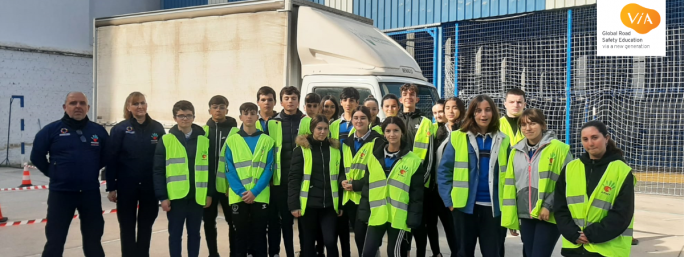
To further expand VIA’s activities in Europe, the Spanish non-governmental organization, Asociación Internacional de Profesionales para la Seguridad Vial (AIPSEV), together with the support of Michelin Spain, engaged with two elementary schools in theoretical and practical road safety training sessions.
In line with the structured and innovative approach that VIA offers, the students participated in a blind spots workshop where they learned that larger motorized vehicles—such as trucks and buses—generate significant blind spots for drivers. This was followed by a hands-on activity that allowed students to step outside the classroom and safely experience what blind spots are like while inside a truck and better understand why care must be taken as a pedestrian.
AIPSEV’s implementation of the programme continued with a safe walking workshop, helping students recognize the risky behaviours that pedestrians take part in when going about their day-to-day, such as distracted walking.
📸: AIPSEV
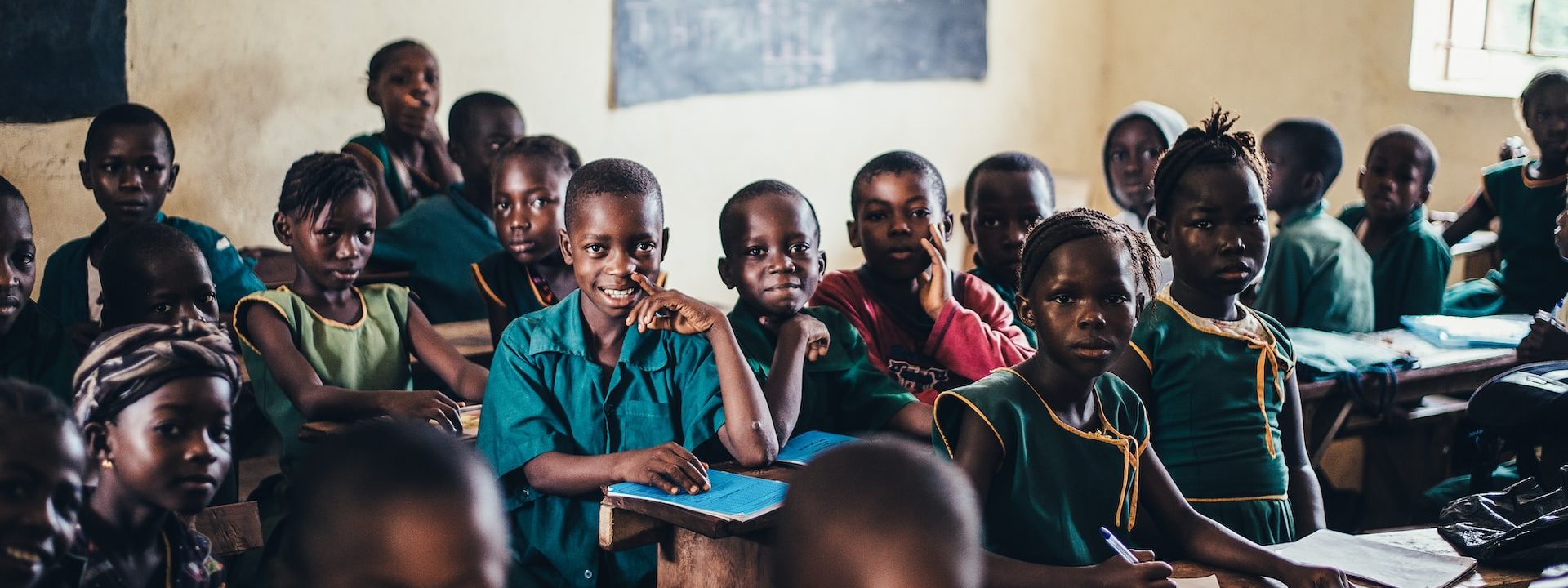
The VIA Acceleration phase, which was launched in early 2022 in Kenya, Uganda, South Africa, India, Mexico, and Brazil, is coming to an end at the end of February. By then, the acceleration phase will have reached over 100,000 students alone, with an average of six contact-hours with students across months of implementation.
Two projects, in Brazil and India, have already finished their implementation and have reported a greater reach than what was committed at the beginning of 2022. This shows not only how much VIA has been appreciated in schools across continents, but also the high-level performance of VIA implementing partners who managed to achieve impressive results despite school closures and COVID-19 long tail.
The other countries are all on track and are working hard to meet the deadlines, juggling periods of school closures due to Ebola outbreaks, elections, or simple end-of-year holidays.
At the global level, the acceleration countries have been at the tip of the spear of VIA. Larger investments, more students, more depth, and astonishing results. Implementing partners engaged communities beyond the school environment working to ensure the spread of road safety culture and providing, to the best of their ability, a holistic and structured approach to reduce trauma on roads.
By spending time with students and engaging them in activities over the course of months, the VIA acceleration phase played a substantial role in influencing and supporting safer road behaviors for all involved.